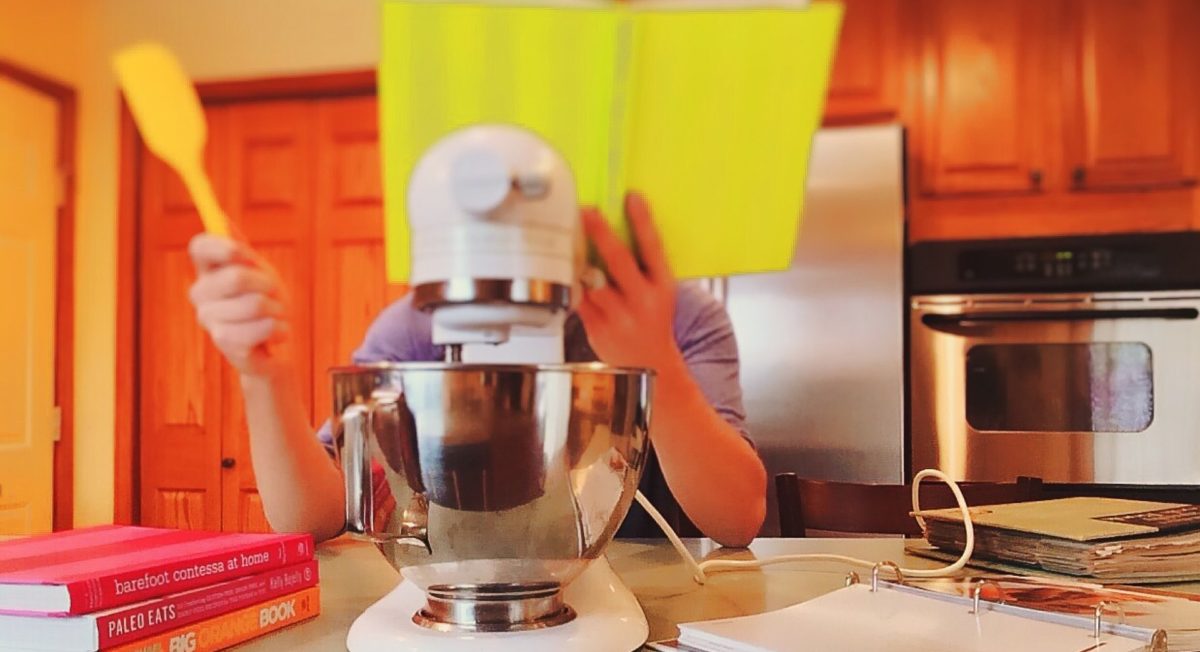Do you ever have moments where you ask yourself, how can I make this taste better? As a chef, I constantly get this question. Whether it’s an emergency call from my sister or questions from the cooks in my kitchen, I try to help the people closest to me make their food taste great and create more flavourful dishes in a simple way.
Most people can cook to some degree or at least follow a recipe. I think many get very intimidated by cooking and put unrealistic expectations on their meals. I surrender to the fact that I will never sew a beautiful dress without learning basic sewing skills first. Cooking is the same: practice is key. It can be tricky and a little complicated, but with some practice and a few tips, your meals can be amazing.
Simple facts:
You must start with good quality ingredients to have a delicious outcome. Starting with something cheap and poor quality is not going to yield a high quality product.
Herbs and spices are your best friend! Fresh are preferable, but they can be expensive and not readily available. Dried and ground herbs and spices are must in most dishes. They create flavour layers, depth and can be the base of your dish.
Adding salt and pepper are the like the icing on a cupcake. No one likes plain cupcakes, most people eat them for the icing. The salt and pepper in a dish are what brings the dish together. Without salt and pepper, you will likely have a bland unfinished dish that is begging for more flavour.
Tasting is essential! When cooking you must taste everything, I mean everything! When I’m cooking I might taste a dish five or six times and adjust things before I get it right.
Consider flavour profiles:
The 5 basic tastes are: sweetness, saltiness, bitterness, sourness and umami. These are all pretty straight forward and we learn about them at a very young age.
Sweetness: Sweetness helps balance out saltiness and accompanies sourness nicely. Honey and maple are a necessity in any pantry, their natural runny consistency makes them an easy addition to almost any dish.
Saltiness: The most crucial flavour is salt. This amazing mineral is key in almost every savoury dish we make. Where would we be without salt? Seriously, think about your favourite savoury dish without salt. It would be sad.
Bitterness: This flavour would be considered the most unpleasant of all tastes. Many people are very sensitive to this taste and try to avoid it. Bitterness balances out very nicely with sweetness. Think of arugula lettuce with a roasted pear. They are a match made in heaven.
Sourness/Acidity: Acid helps round out the flavours in a dish. Lemon juice is number one in my kitchen, but vinegars and other citrus juices are also a must. It is amazing how adding a slight bit of acid to a dish can change the entire flavour profile and create something amazing.
Umami: The best explanation for umami is a pleasant savoury taste. Some would describe it as “earthy” or “meaty” tasting. Items like roasted mushrooms or a grilled piece of beef would be considered in the umami flavour profile.
One other consideration:
Fats: Where is your dish getting its smooth creamy texture and richness? Fats like butter, cream and cheese are successful in achieving a rich buttery flavour and velvety texture in a dish. Examples of this would be adding cream to a soup or cream cheese in a stuffed chicken breast.
Balance your next creation:
When trying a new recipe take this into consideration, does this recipe cover all the flavours? Are the sweet, salty, bitter, sour or umami flavours in your dish balanced? Is there a fat in the dish to provide creaminess? Is something missing when you taste it? Dose one flavour seem to stand out strongly? If you can answer even a few of these questions you will be able to balance out the flavours by adjusting things.
If your dish is salty, bitter or sour try adding some sweetness. If it is too sweet, try adding something salty. I believe that almost every dish needs acid added. Try added some lemon juice to a soup or sauce and taste the difference.
The next time you cook a meal or got out to eat consider the flavour profiles in the dish. Can you taste the five different flavour? With some practice you can become very good at identifying what is missing and quickly change it.
***
Melissa Hryb is the chef at Marion Street Eatery, where she specializes in hearty comfort food with a twist.
Follow her on Twitter @MarionStreetEat or Instagram @MarionStreetEatery
